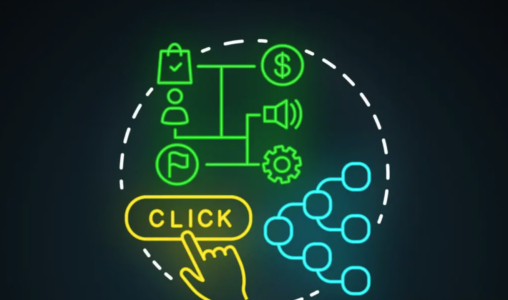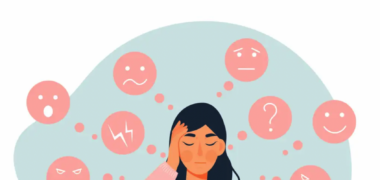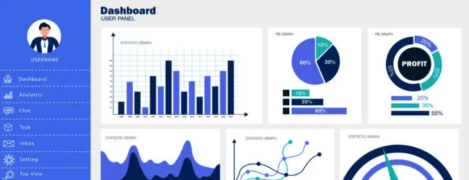Understanding the Marketing Funnel and Buyer Journey

Every SaaS business relies on its ability to guide potential customers from initial awareness to conversion—and beyond. This process isn’t linear or straightforward. Instead, it’s a journey with multiple stages and touchpoints, often across various channels.
In this article, we’ll explore the marketing funnel and the buyer journey, highlighting how to align these frameworks with your SaaS product, herdr.io, and your digital marketing channels. By understanding these concepts, you’ll be better equipped to map customer touchpoints and implement a successful marketing attribution strategy.
What is the Marketing Funnel?
The marketing funnel is a visual representation of the customer journey from initial awareness to action. It’s divided into stages that correspond to the customer’s level of engagement and intent.
The Typical Marketing Funnel:
- Awareness
- The customer becomes aware of your brand.
- Example for herdr.io: A professional sees a LinkedIn Ad or reads a space tech newsletter featuring your solution.
- Consideration
- The customer evaluates your product alongside alternatives.
- Example: The same professional visits your website blog to read about project management best practices and subscribes to your newsletter.
- Decision
- The customer decides to take action (e.g., sign up for a free trial or book a demo).
- Example: They click a Google Search Ad and sign up for herdr.io’s free trial.
- Retention (Post-Sale)
- The customer continues to use your product and may upgrade or refer others.
- Example: They receive an onboarding email campaign and engage with new features.
Understanding these stages helps you tailor your marketing efforts to meet customers’ needs at each step.
The Buyer Journey: A Nonlinear Reality
While the funnel offers a structured framework, the buyer journey is often far more dynamic. Customers may skip steps, revisit earlier stages, or engage with multiple touchpoints simultaneously.
A Sample Buyer Journey for herdr.io:
- A small business manager searches for “best work management tools” and clicks your Google Search Ad.
- They read a blog post on your website but don’t take further action.
- Later, they see your LinkedIn Ad featuring a customer success story and click through to your site.
- They sign up for your email newsletter but remain undecided.
- Weeks later, they receive a promotional email with a free trial offer and sign up.
Each interaction contributes to the eventual conversion, making it essential to track and understand these touchpoints.
Mapping the Funnel to herdr.io’s Marketing Channels
Let’s connect the marketing funnel to herdr.io’s specific channels and strategies:
1. Awareness
Channels:
- LinkedIn Ads: Target professionals based on their industry or role.
- Space Tech Newsletters: Reach niche audiences interested in cutting-edge tools.
- SEO Blogs: Drive organic traffic from searches related to work management.
Goal: Introduce herdr.io to as many potential customers as possible.
2. Consideration
Channels:
- Website Blog: Offer in-depth articles and case studies showcasing herdr.io’s value.
- Email Newsletter: Send curated content to keep leads engaged.
- Google My Business: Showcase testimonials and respond to reviews.
Goal: Provide valuable information to educate and build trust.
3. Decision
Channels:
- Google Search Ads: Capture high-intent users searching for solutions like herdr.io.
- Email Campaigns: Use targeted promotions to encourage trial signups.
Goal: Drive conversions through clear calls to action.
4. Retention
Channels:
- Email Newsletter: Share tips, updates, and success stories.
- Product Features Blog: Highlight new functionalities.
Goal: Keep users engaged and loyal, increasing lifetime value (LTV).
How the Funnel Helps Attribution
By aligning your channels to the funnel, you can better understand how each touchpoint contributes to conversions. For example:
- Awareness Stage: Did a LinkedIn Ad or a newsletter drive more traffic to your website?
- Consideration Stage: Are blogs or email campaigns more effective at nurturing leads?
- Decision Stage: Which ads or emails result in the most trial signups?
This clarity forms the foundation of your attribution strategy, enabling you to track, analyze, and optimize customer interactions across all stages.
Key Metrics for Each Stage
To evaluate performance at each stage of the funnel, track these key metrics:
Awareness
- Impressions (e.g., LinkedIn Ads, newsletter views).
- Website traffic from organic or paid sources.
Consideration
- Time spent on blogs and resource pages.
- Email open and click-through rates.
Decision
- Conversion rates (e.g., trial signups, demo requests).
- Cost per conversion by channel.
Retention
- Product usage frequency.
- Upgrade rates or referrals.
Next Steps: Building the Attribution Foundation
Now that you understand the marketing funnel and buyer journey, the next step is identifying how to credit these interactions properly. In our next article, we’ll explore different attribution models and how to select the best one for herdr.io’s needs.
Read Next: Types of Attribution Models: Choosing the Right One →
Final Thoughts
Understanding the funnel and buyer journey isn’t just about theory—it’s the starting point for actionable insights that drive growth. By aligning your marketing channels to these stages, you can build a strategy that converts awareness into loyalty while setting the stage for effective attribution.
Ready to take the next step? Let’s dive deeper into the models that will help you allocate credit across your touchpoints effectively. Stay tuned for more!







